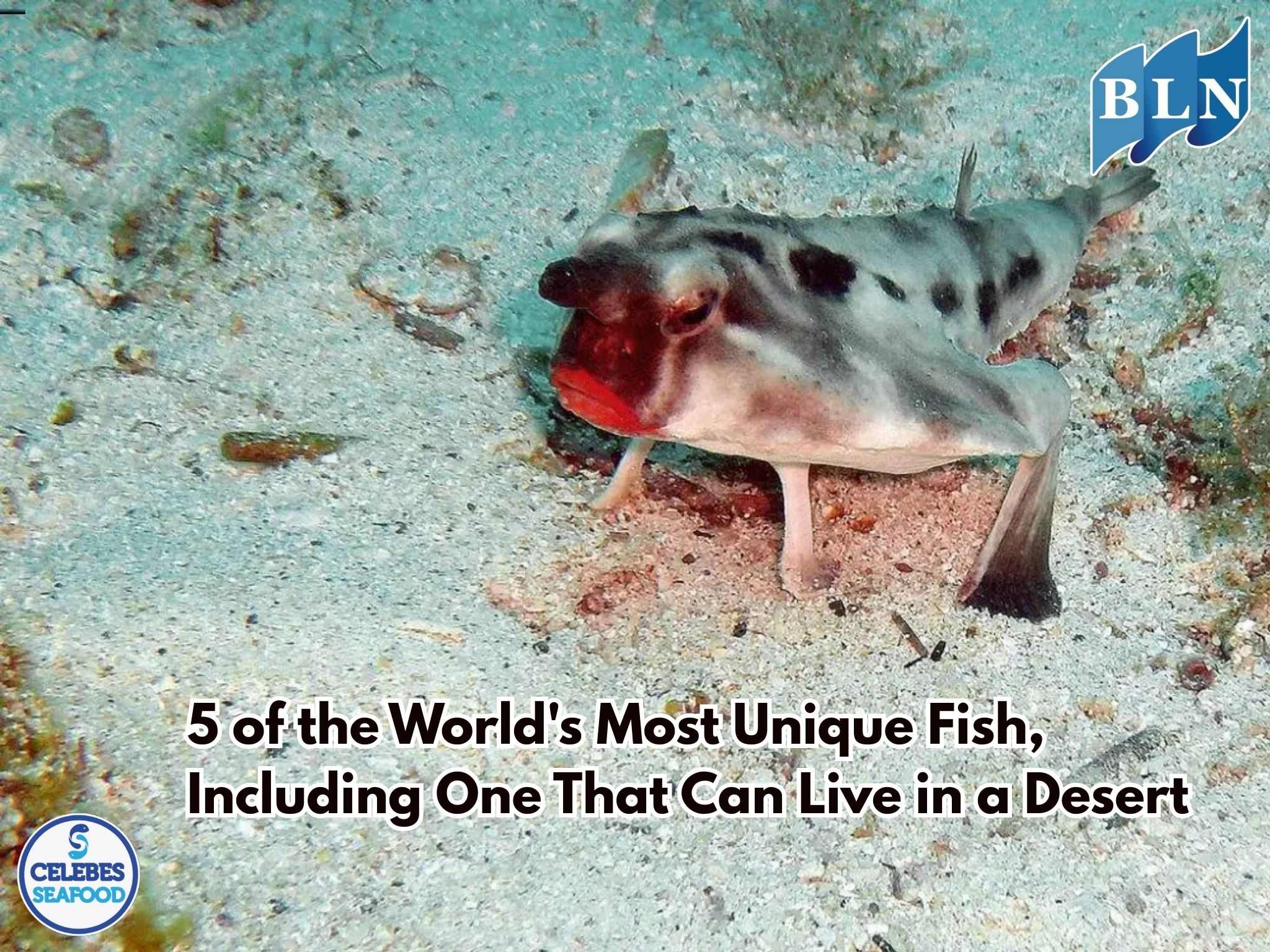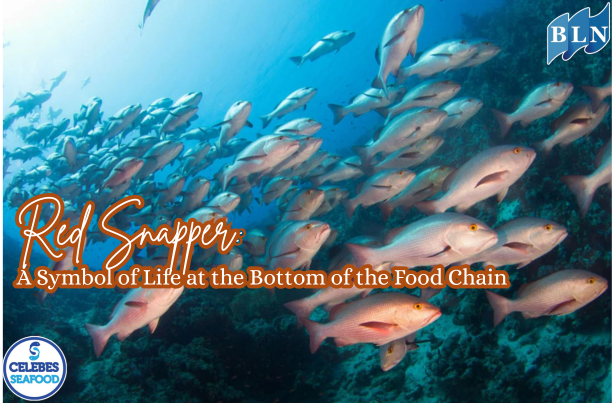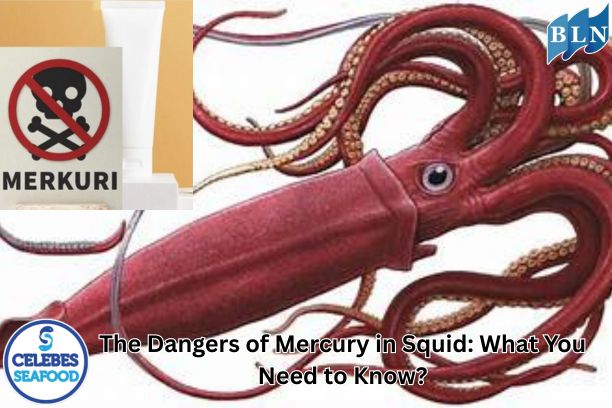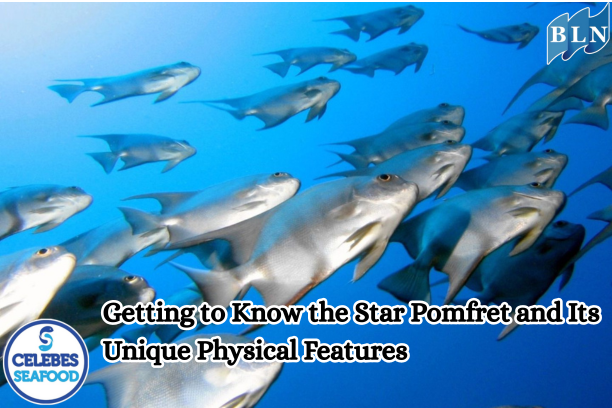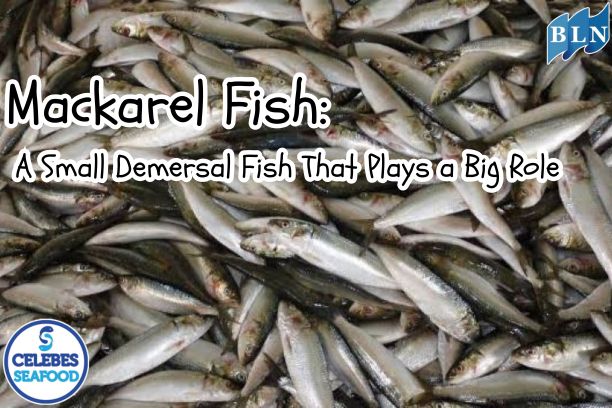Saving Stingrays: Global Challenges and Conservation Efforts
By. Amma - 04 Jul 2025.jpg)
lautnusantara.com Stingrays, those captivating flat-bodied fish, play a crucial role in marine ecosystems worldwide. However, many species face significant threats, making conservation efforts more critical than ever. The challenges are complex, ranging from human activities to environmental changes, but dedicated initiatives are underway globally to secure a future for these fascinating creatures.
The Challenges Stingrays Face
Stingrays are particularly vulnerable due to several factors:
- Overfishing: This is arguably the biggest threat. Many stingray species are caught as bycatch in fisheries targeting other species, while some are directly targeted for their meat, fins, and gill plates (especially for traditional medicine in some regions). Their slow reproductive rates and long lifespans mean populations struggle to recover quickly from overexploitation.
- Habitat Degradation: Coastal development, pollution, and climate change are destroying or altering critical stingray habitats like coral reefs, seagrass beds, and mangrove forests. These areas are vital for feeding, breeding, and nurseries for juvenile stingrays.
- Climate Change: Rising ocean temperatures and ocean acidification directly impact stingrays and their food sources. Changes in ocean currents can also affect their migration patterns and distribution.
- Illegal, Unreported, and Unregulated (IUU) Fishing: This type of fishing makes it incredibly difficult to monitor and manage stingray populations effectively, further exacerbating the problem of overfishing.
Read Also : Sapusapu Fish (Hypostomus plecostomus): The Tough and Useful Natural Aquarium Cleaner
Global Conservation Efforts
Despite the daunting challenges, various conservation efforts are being implemented worldwide:
- Establishing Marine Protected Areas (MPAs): These designated areas provide safe havens for stingrays, protecting their habitats and allowing populations to recover without the pressures of fishing or development.
- Sustainable Fisheries Management: Implementing quotas, regulating fishing gear, and promoting selective fishing practices help reduce bycatch and prevent overexploitation of stingray populations.
- International Cooperation and Policy: Agreements like the Convention on International Trade in Endangered Species of Wild Fauna and Flora (CITES) regulate the international trade of endangered stingray species, aiming to curb illegal trade.
- Research and Monitoring: Scientific research helps us understand stingray populations, their movements, reproductive biology, and the impact of threats. This data is crucial for informed conservation strategies.
- Public Awareness and Education: Raising awareness among local communities, fishermen, and consumers about the importance of stingrays and the threats they face is vital. Education can drive behavioral change and support for conservation initiatives.
- Community-Based Conservation: Empowering local communities to participate in conservation efforts, such as reporting illegal fishing or engaging in habitat restoration, can lead to more effective and sustainable outcomes.
The plight of stingrays highlights the broader challenges facing our oceans. By understanding the threats and actively supporting conservation efforts, we can help ensure that these magnificent marine creatures continue to glide through our seas for generations to come.
If you are interested in our Coral Trout Fillet Skin On, CORAL TROUT WGG WHOLE GILLED GUTTED, TOMATO COD WHOLE GILLED GUTTED please do not hesitate to contact us through email and/or whatsapp.

